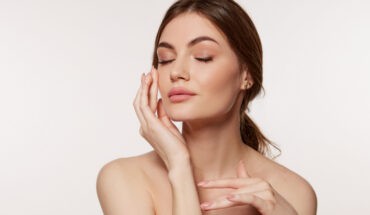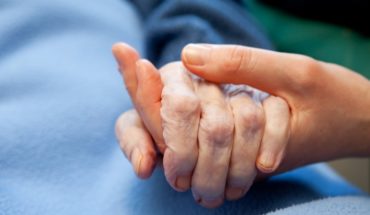When it comes to sunburn, dermatologists unanimously agree that prevention is always better than cure. However, sometimes it is possible to get caught out despite being careful, and it is important to have the necessary tools at hand to know how best to manage your skin.
Sunburn is an acute inflammatory reaction that follows over-exposure to ultraviolet radiation. It causes direct damage to DNA resulting in inflammation and death of skin cells. The risk is higher in equatorial areas or at altitude, particularly in those with fair skin types. Sunburn in childhood or adolescence can double the risk of developing melanoma, the most serious type of skin cancer, in later life.
Signs and symptoms of sunburn usually develop 2-6 hours after sun exposure and peak at about 12-24 hours. The skin can become hot, red, swollen, tender, and blisters may form. In severe cases of sunburn, it is possible to develop dehydration, electrolyte imbalances, and secondary skin infection. In rare cases, it can potentially be fatal.
There are a number of steps you can take if you develop sunburn to relieve discomfort and aid the healing process of the skin:
- Act quickly and get out of the sun cover up the affected areas and stay in the shade until your sunburn has healed. Wear loose cotton clothing that allows your skin to “breathe” over the sunburnt areas.
- Take over the counter pain relief Analgesia or painkillers can help relieve the pain and reduce inflammation caused by sunburn. Nonsteroidal anti-inflammatory drugs such as ibuprofen are ideal and should be continued for a period of at least 48 hours if there are no contraindications. Paracetamol will help with pain but has little effect on inflammation.
- Cool the skin Apply a cool compress to the skin e.g. a towel dampened with cool water for 15 minutes, or take a cool bath or shower. Aim to keep the temperature just below luke-warm. Make sure the shower has a gentle flow of water rather than being on full power. If blisters are starting to develop, then a bath is preferable. Do not rub your skin with a towel, but gently pat it dry when you get out.
- Moisturise After a bath or shower, use an unperfumed cream or lotion to soothe the skin. Repeated applications of this are necessary to reduce the appearance of peeling and this may need to be continued for several weeks. Aloe vera or soy containing gels or lotions can be beneficial in soothing the skin. Aloe vera not only has a cooling effect on the skin but also acts as an anti-inflammatory. Be wary of using creams or lotions that contain petroleum, benzocaine, or lidocaine. These can either trap heat in the skin or cause local skin irritation.
- Stay hydrated Sunburn can encourage fluid loss through the skin. Drinking plenty of water will prevent dehydration and help your body recover. Alcohol should ideally be avoided during this time, as it will make dehydration worse.
- Use of mild steroid cream Using a weak steroid cream such as 0.5-1 per cent hydrocortisone for 48 hours may decrease pain and swelling caused by sunburn and speed up the healing process. This is best avoided in small children.
- Leave blisters alone try not to pop blisters as this can lead to infection and scarring. They will settle by themselves after a few days. In the meantime, treat the skin gently.
Severe cases of sunburn require emergency medical treatment. If you develop blisters that affect up to 20 per cent of your body surface area, fever, nausea, chills, severe pain, headache, fainting or dizziness it is vital to seek medical attention. Severe sunburn can be associated with heat exhaustion or heat stroke, which are life-threatening conditions.
In an ideal world, preventing sunburn remains key to maintaining skin integrity and health. Not only does sunburn cause short-term discomfort, it also has a number of well-recognised long-term consequences including the development of future skin cancers and risk of premature ageing (fine lines, wrinkles, pigmentation changes).
Make sure you look after your body’s largest organ and wear broad-spectrum sunscreen offering UVA and UVB protection. This should be at least an SPF 30. Avoid the midday sun and wear protective clothing, a hat and sunglasses to limit the skin’s exposure to UV radiation. Your skin will thank you for it in the long run.
- The spots you miss with sunscreen - 27th July 2020
- Sunscreen: the spots you miss - 13th July 2018
- Protecting young skin from UV radiation - 24th April 2017






